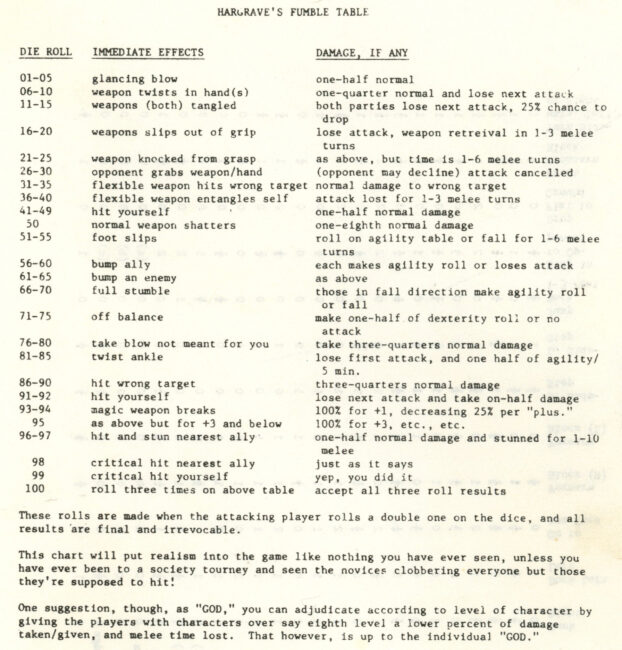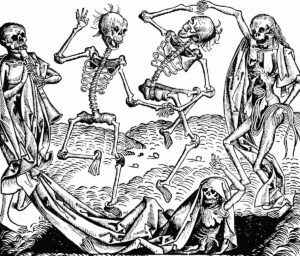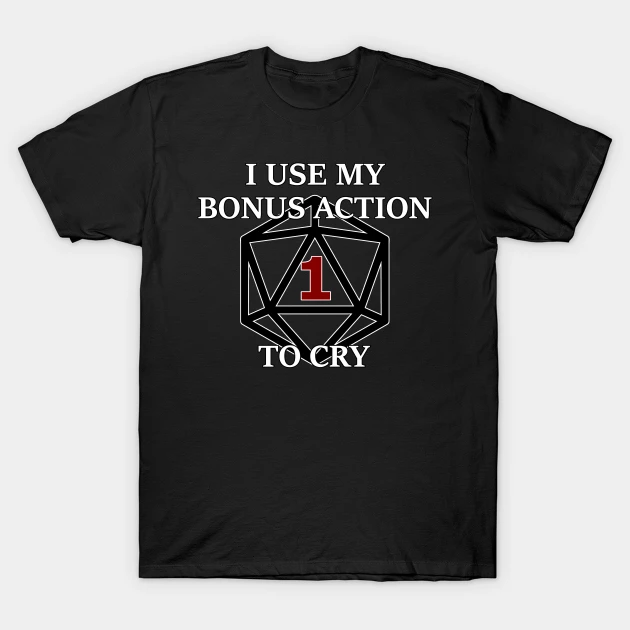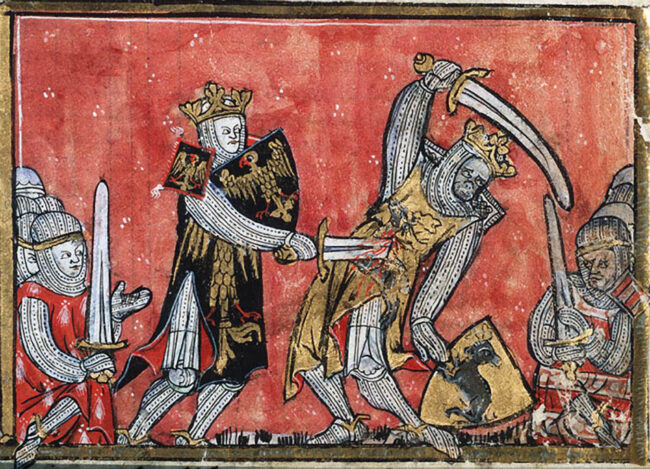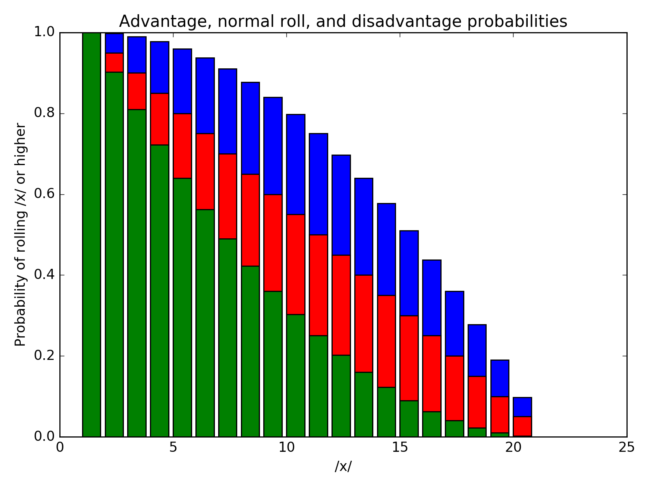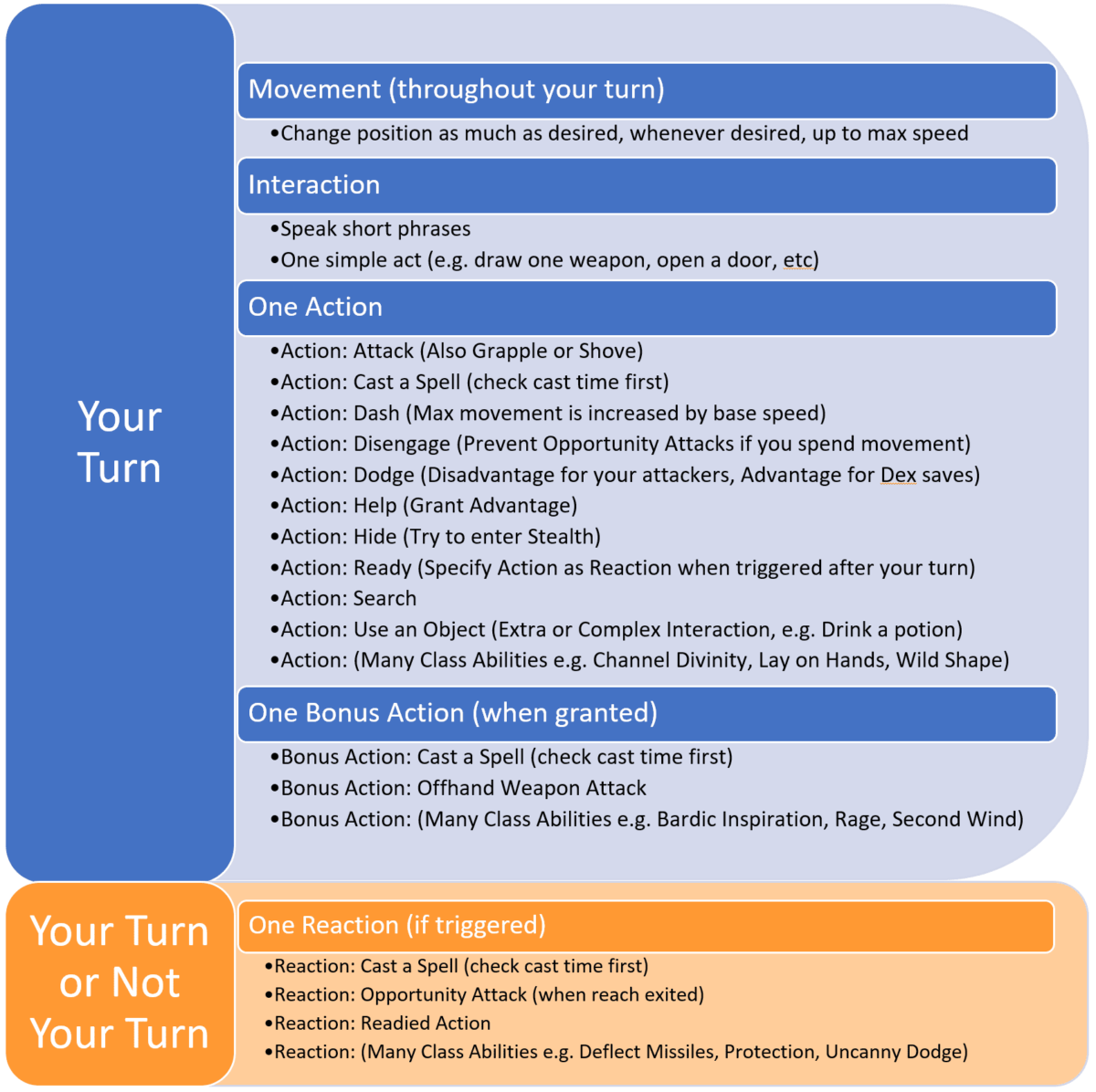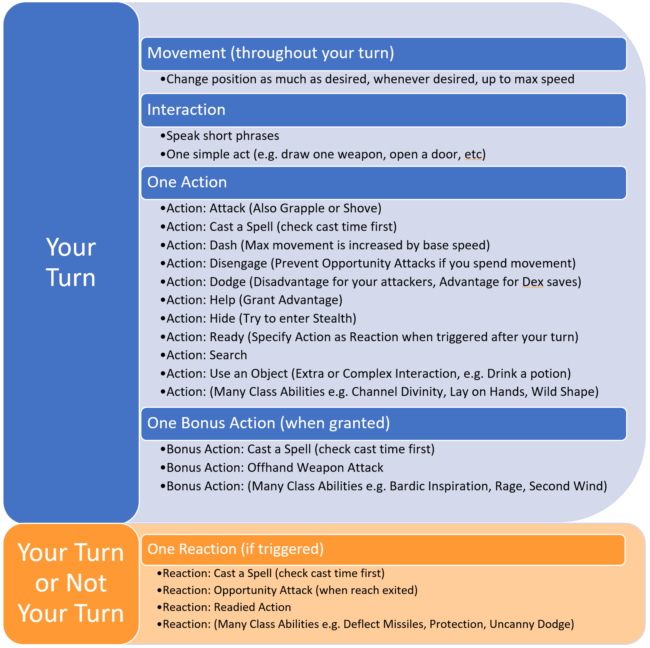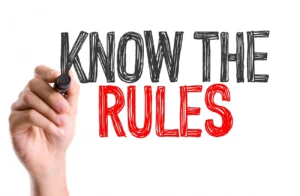 Part of an ongoing series of 5e Rules notes.
Part of an ongoing series of 5e Rules notes.
This came up in my Princes of the Apocalypse game, related to Earth cult Burrowshark riders atop Bulettes, but the questions discussed apply to random folk on horseback just as much.
 An historic note that may be of interest or illumination to some of the questions here: it is said that when the early indigenous peoples of the horse-less Americas — including in the sophisticated realms of the Aztecs and Incas — first saw the Conquistadors on horseback, they thought they were seeing some horrifying human-animal hybrid. The dividing line between the Rider and the Mount is the focus of most of the rules in 5e around mounted combat. As you might expect, the answers are not always intuitive ones, otherwise “anyone could do it.”
An historic note that may be of interest or illumination to some of the questions here: it is said that when the early indigenous peoples of the horse-less Americas — including in the sophisticated realms of the Aztecs and Incas — first saw the Conquistadors on horseback, they thought they were seeing some horrifying human-animal hybrid. The dividing line between the Rider and the Mount is the focus of most of the rules in 5e around mounted combat. As you might expect, the answers are not always intuitive ones, otherwise “anyone could do it.”
Main Caveat
As noted endless times before, D&D 5e is not an accurate simulator of reality; it’s a fairly effective (usable with minimal fiddling) simulator of reality, with just enough verisimilitude to make it both fun and grokkable. Also, even though it’s derived originally from military miniatures combat rules, Napoleon’s Old Guard didn’t have to deal with gigantic flying dragons with Liches riding them, so its miniature/grid rules sometimes get weird.
Second Caveat
A lot of this also depends on playing on a grid (square or hex; the examples I’ll give are for squares). If you are running Theater of the Mind, you can rule on this however you like, and nobody can say you nay.
In other words …
In other words, Rules As Written (RAW) are pretty crappy (or, to be more delicate, inadequate to the task) on this overall subject. Let’s look at them — Mounted Combat rules (PHB 198).
Right. Time for my interpretation.
So here’s my first question: Where is the rider on their larger mount, and how does that attack the rider’s reach and the reach of those around the mount?
Where is the Rider on the Mount?
So, take the image to the right:
The Bulette is a Large creature, and so “occupies” a 10×10 space (4 squares). The Rider is a Medium creature, and so “occupies” a 5×5 space (1 square).
(Note that this would work the same for a Horse (a Large creature) and its Medium Rider.)
So some questions:
- In which of the four squares of the Bulette does the Rider actually sit?
- How does that affect the Rider’s ability to attack (their reach)?
- How does that impact Area of Effect spells that only partially overlap the Mount?
- What about Opportunity Attacks against the Bulette — will they also reach the Rider, or only if the Rider is “adjacent” to the attacker?
In the picture, I have the Rider in the upper right corner of the Bulette. The Rider is a 5 foot reach from Initiate 1, but 10 feet from Initiate 2. So …
- Can Rider only attack Initiate 1?
- Can Initiate 2 only attack the Bulette, not the Rider?
- If the Rider wanted to attack Initiate 2, can the Rider just move to the lower left-hand corner of the Bulette? If so, does that cost Movement for the rider, and does it provoke an Opportunity Attack from Initiate 2?
- If the Bulette moves one square diagonally down-right, both Initiates could presumably Opportunity Attack the Bulette, and Initiate 1 could Opportunity Attack the Rider … but could Initiate 2 Opportunity Attack the Rider?
On the last question, as noted above, the rules actually answer it:
If the Mount provokes an opportunity attack while you’re on it, the attacker can target you or the Mount.
But how can that be?
It can be, because where your token is in your occupied area, regardless of size, is an approximation.
As a Medium creature, you “occupy” five feet square of space. But you don’t really occupy that space like a 5×5 wood frame.
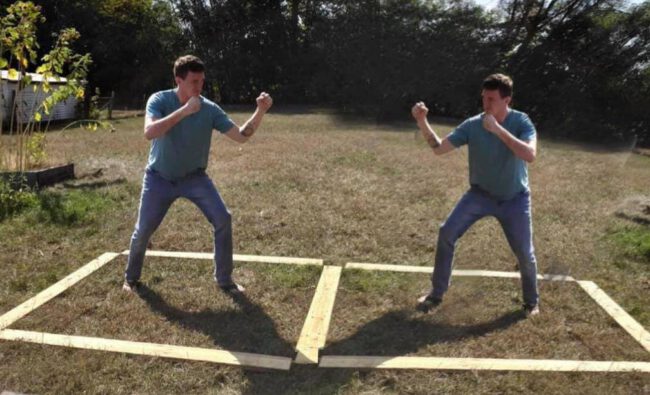
There’s a lot of space there to shift around in. Heck, if on the opposite sides of the squares, those guys couldn’t even reach each other with swords.
Put another way, a Bulette is not really a circle with a radius of 5 feet. It does not actually occupy a 10×10 foot square.

So looking at the picture, a Bulette is pretty wide. But not square. And that’s even more the case for horse. A horse is a Large (10×10) creature for game purposes, but for real purposes it should be more like 5×10.
The area a Large creature takes up (ditto for even bigger categories, but let’s keep it “simple”) is the area it “controls” in game terms, such that you cannot stop within it unless you are two size categories smaller or more. In a quantum sense, the creature exists within that area as an abstraction, a probability field, moving and shifting and occupying all that space such that a horse (or Bulette) can be attacked with 5-foot reach weapons from either side.
(Remember the Main Caveat about D&D rules, above.)
The same is true for the Rider, who exists as an abstract occupant of the entire area of their Mount, moving around as the Mount moves around, attacking and attacked by all 12 adjacent squares. That’s the only way of rationalizing “If the Mount provokes an opportunity attack while you’re on it, the attacker can target you or the Mount” (or the Mounted Combatant feat that lets the Rider force an Opportunity Attack to be on them, not their Mount).
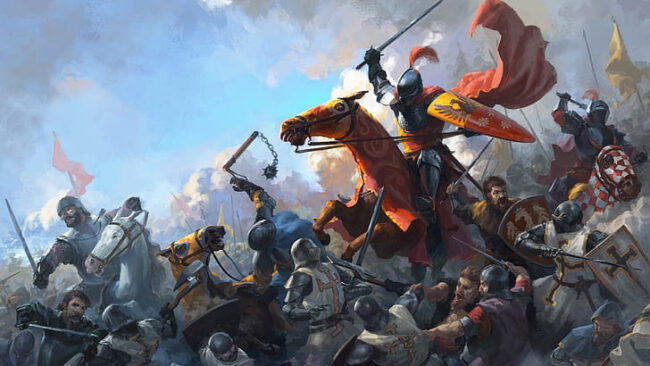 Again, think of a knight on horseback in combat. He’s not sitting there like a 5×5 lump on a 10×10 bigger lump. The horse is wheeling around, rearing, as the knight guides it forward and back and side-to-side and about in circles, raining blows in all directions.
Again, think of a knight on horseback in combat. He’s not sitting there like a 5×5 lump on a 10×10 bigger lump. The horse is wheeling around, rearing, as the knight guides it forward and back and side-to-side and about in circles, raining blows in all directions.
Remember, Facing is an optional rule. If in a six second turn, a creature can attack both front and back, without spending any movement to do so, than the Rider on that creature can do the same.
So to go back to my questions above. In my informed opinion:
- The Rider can attack both Initiate 1 and Initiate 2 — and be attacked by them.
- If the Rider has the Bulette withdraw, both the Bulette and the Rider can potentially take an Opportunity Attack by either or both Initiates.
Now, as you can imagine, this is not immediately obvious, and not well-spelled out by the rules, and is subject to a lot of varying opinions. D&D 5e Designer Jeremy Crawford has provided a number of guidances here that don’t necessarily agree with my opinion.
- Crawford does note that a Rider can be considered to be on any square of their Mount (though that is not the same as saying all squares of it). Indeed, Crawford suggests that Riders can “move” from one square of their Mount to another using movement rules — which opens things up to that whole Opportunity Attack question again (if I shift from one side of my Bulette to another, does the foe on that one side get an OA on me? Madness!)
- Crawford also notes that being on a Mount doesn’t change a Rider’s size. Which I’m okay with, for effects that are determined by size/mass. A Medium Rider doesn’t really become Large, I am just considering them to be anywhere within the Large space occupied by their Mount.
Aura issues get weird — if the Rider has an aura extending ten feet away from them, is their abstracted location all-encompassing (the aura extends from the full Mount, not just a square (the rider) within it? Or do we still pick a square? I don’t have a good answer for that.
AoE issues are also weird — if that Fireball hits one, two, three squares of that four-square mount, does the Rider have to make a save? Or maybe a save at Advantage? Well, the Mount takes full damage and has to make its save. I would suggest that the Rider has to do the same. .
This gets even weirder when you consider long weapons, like lances, which explicitly Disadvantage you if you are attacking a creature five feet away. The only ruling that makes any sense to me here is that if there is a square within the area of the Mount that is ten feet away, then you can control the Mount to be there so that you are not at Disadvantage.
(Note that I keep referring to “you” as the Rider. The rules also apply Uzbarkh the Unholy is the Rider bearing down on you.)
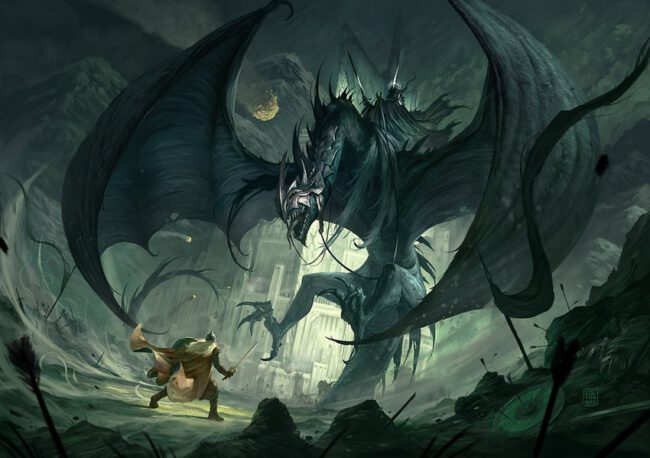 Does this begin to break down when you consider Huge Mounts or above — a character flying on an ancient red dragon is not going to simultaneously be on every square the dragon takes up, for attack or defense right? Except, again, the figures are shown on a grid as squares/circles, which means there’s a presumption of movement within the space, and if a dragon can bite in every direction on its turn, presumably the Rider on its neck can do the same with their sword.
Does this begin to break down when you consider Huge Mounts or above — a character flying on an ancient red dragon is not going to simultaneously be on every square the dragon takes up, for attack or defense right? Except, again, the figures are shown on a grid as squares/circles, which means there’s a presumption of movement within the space, and if a dragon can bite in every direction on its turn, presumably the Rider on its neck can do the same with their sword.
Some pertinent articles:
- Riders, mounts and weapon reach
- 4e rules on the matter — not dictating 5e, but a good example
Controlling Mounts and Attacks
I didn’t do this well when I was overseeing that Bulette battle. Going back to the mounted combat rules in the PHB:
While you’re mounted, you have two options. You can either control the Mount or allow it to act independently. Intelligent creatures, such as dragons, act independently.
You can control a Mount only if it has been trained to accept a rider. Domesticated horses, donkeys, and similar creatures are assumed to have such training. The initiative of a controlled Mount changes to match yours when you mount it. It moves as you direct it, and it has only three action options: Dash, Disengage, and Dodge. A controlled Mount can move and act even on the turn that you mount it.
An independent Mount retains its place in the initiative order. Bearing a Rider puts no restrictions on the actions the Mount can take, and it moves and acts as it wishes. It might flee from combat, rush to attack and devour a badly injured foe, or otherwise act against your wishes.
So, first off are Bulette’s intelligent creatures? The general threshold for Intelligent creatures is INT 4 (Animal Friendship, Awaken, and Detect Thoughts all fail if INT is higher than 3). Bulettes (and Horses) are INT 2, so they are not intelligent.
The Wisdom (Animal Handling) skill can come into play here (bulletizing mine):
When there is any question whether you can
- calm down a domesticated animal
- keep a Mount from getting spooked
- intuit an animal’s intentions
the GM might call for a Wisdom (Animal Handling) check. You also make a Wisdom (Animal Handling) check to:
- control your Mount when you attempt a risky maneuver.
Note that AH is not actual training. You can only control your unintelligent Mount if it has been trained. And for combat purposes, a Mount really needs to be trained to the noise, smells, and pain of combat, otherwise it will be uncontrolled and probably try to run unless you’re spending all your actions on AH (to an unintelligent, untrained Mount, anything in combat is a “risky maneuver”).
To break the above down into a matrix:
| Controlled Mount | Independent Mount | |
| Unintelligent Mount | Requires training/AH to accept a Rider. Use Rider’s Init. Moves as directed (may need AH for dangerous sitches). Can only Dash, Engage, Dodge as actions. |
Requires some training/AH to accept a Rider. Has its own Init. Can move and act as it pleases, including attacks. With training/AH, can be guided by the Rider. |
| Intelligent Mount | N/A. Intelligent Mounts are always Independent | Has its own Init. Can move and act as it pleases. As it is intelligent, it may coordinate with the Rider if training or communication is possible. |
So if we assume that the Burrowsharks have trained their Bulettes to combat (they have, plus there’s some mystic ju-ju going on), then they have two choices:
- Keep the Bulette under control. Initiative is synchronized. The Bulette will only Dash/Engage/Dodge, but is unlikely to break, flee, etc.
- Let the Bulette be “independent” under its combat training. The Bulette and its Rider have different Initiatives (requiring more coordination), but the Bulette can attack. Note that it may sometimes choose to attack (or dodge, or whatever) differently than the Rider wants. (This is a bit more fuzzy when the GM is running both characters.)
D&D 5e does not, btw, demand DEX (or Athletics) saves for Riders whose Mounts do something the Rider doesn’t expect.
When I first did this kind of thing, I allowed the Bulette to act independently, but synced its Init with the Rider. I also had their attacks probably more coordinated than they should have been (combat training will let the Rider guide the attacks of their unintelligent Mount, just as the Rider can guide their movement, but the Mount remains independent and more likely to snap at what attacks it).
Something else to note here: the restrictions on a Controlled Mount are to Actions. One can posit that a Controlled mount should still have access to Bonus Actions (very rare) and Reactions, including Opportunity Attacks.
Pertinent link: When is a mount considered too intelligent to be controlled?
Falling Off Mounts
This didn’t come up last I ran mounted combats, but it could have. For the record:
- If the Mount is moved against its will by an outside force (e.g., a Thunderwave spell), the Rider must make a DC 10 DEX save, or else fall off.
- If the rider is knocked Prone by an attack/spell/effect, the Rider must instead make a DC 10 DEX save, or else fall off.
- If the mount is knocked Prone, the Rider can use their Reaction to dismount as it falls and land on their feet, or else fall off.
Fall off = land Prone on a space within 5 feet of the mount. The RAW does not address the (very real in historic terms) danger in that last instance of having your mount fall atop you, probably doing substantial damage.



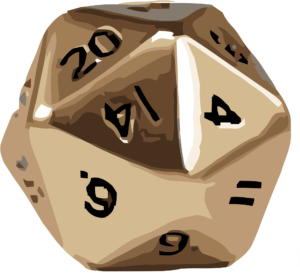
 In 5e, combat takes place with the
In 5e, combat takes place with the 

